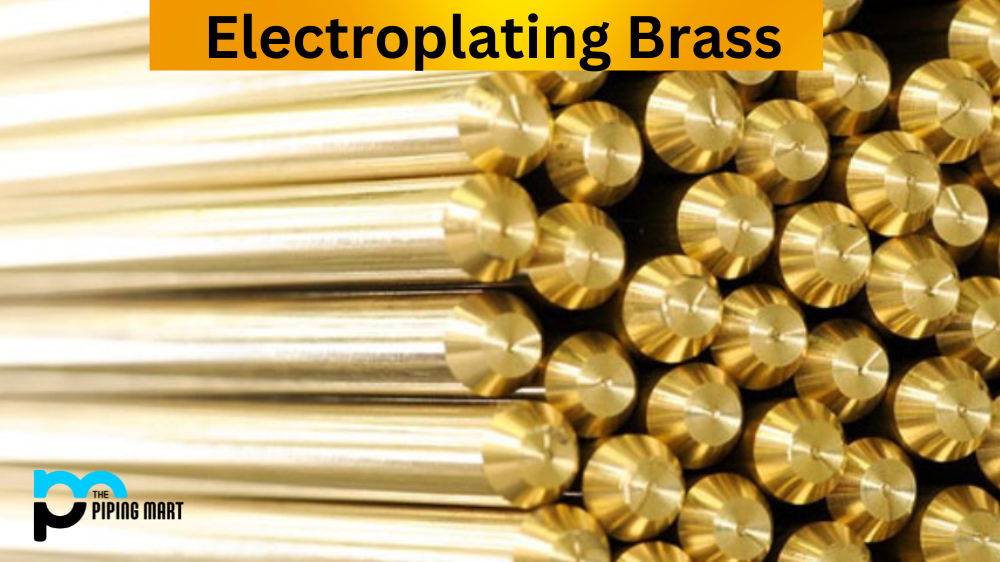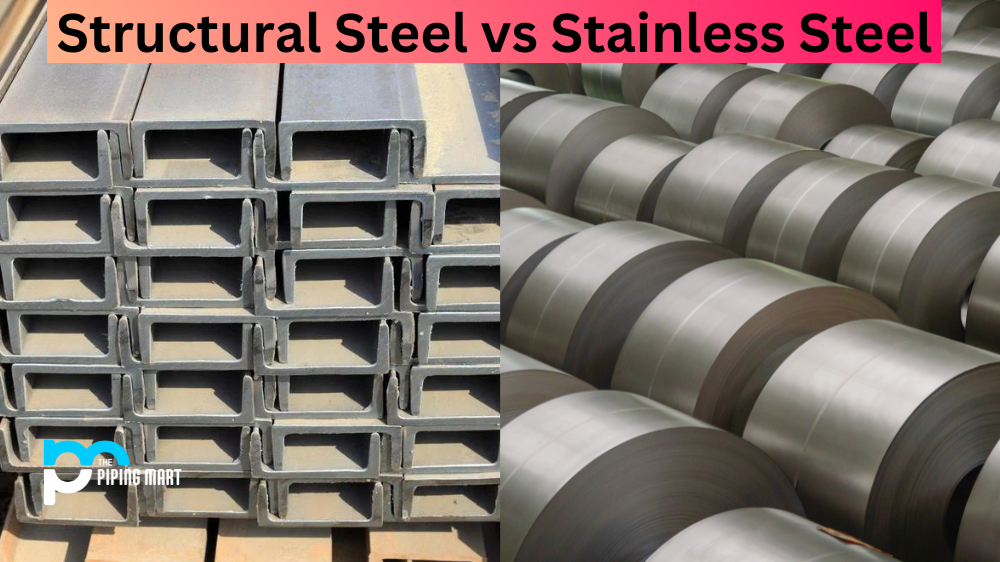Electroplating is a popular method of applying a protective finish to metals. Not only does electroplating give the item an aesthetically pleasing look, but it also helps protect against corrosion and wear over time. In this article, we’ll discuss how to electroplate brass so that you can preserve your brass objects for many years to come.
Preparing the Metal Surface
Before you begin electroplating, be sure to thoroughly clean the brass surface with soap and water. This will remove any dirt or oil that could interfere with the electroplating process. Next, use a wire brush or sandpaper to lightly abrade the surface of the object—this will help ensure that the electroplated finish adheres correctly. Once you have completed these steps, rinse off any debris from sanding and allow the object to dry completely before proceeding.
Applying Plating Solution
Once your brass object is prepped and ready to go, it’s time to apply your plating solution. Depending on what type of finish you are looking for (gold-plated, silver-plated, etc.), various solutions available on the market can be purchased online or at local hardware stores. Be sure to read any accompanying instructions on the package carefully before using them! Then use a cotton swab, or applicator brush dipped in your chosen solution and coat one side of your brass object evenly with it. Allow this first layer to dry before repeating the process on all sides of your object until it is completely covered in a plating solution.
Electroplating Process
Now comes the fun part—the actual electroplating process! You’ll need a special electrolyte bath that contains copper sulfate and sulfuric acid (or other appropriate chemicals for non-copper finishes). Place your prepared brass object into this bath and connect it to an electrical power supply utilizing two wires—one connected to each end of your metal object. Turn on the power supply and wait as ions travel from one end of your metal piece through the electrolyte bath and cling onto its surface, forming a thin layer of metal over time as more ions attach themselves. Once complete, turn off the power supply and remove your newly plated metal piece from its container with tongs or another appropriate tool (be sure not to touch it directly!). Wipe away any remaining residue with a soft cloth and admire your beautiful new creation!
What is electroplating?
Electroplating is a process that uses an electric current to coat a metal with a thin layer of another metal. The process can be used for a variety of purposes, including protecting the metal from corrosion, increasing its hardness, or improving its appearance.
How does electroplating work?
In order for electroplating to occur, two metals must be placed in an electrolyte solution. The electrolyte solution contains ions that allow electrical current to flow between the two metals. When an electrical current is applied, the positive ions in the solution are attracted to the negative electrode (cathode), while the negative ions are attracted to the positive electrode (anode). As the ions flow towards their respective electrodes, they deposit onto the surface of the metal, coating it with a thin layer of metal.
What are some common electroplating processes?
There are a variety of different electroplating processes that can be used to coat metals with a thin layer of another metal. Some common processes include copper plating, nickel plating, and gold plating.
What are some benefits of electroplating?
There are many benefits to electroplating, including increased durability, improved appearance, and enhanced electrical conductivity. Additionally, electroplating can be used to protect metals from corrosion and extend their lifespan.
What are some drawbacks of electroplating?
While there are many benefits to electroplating, there are also some drawbacks. One major drawback is that the process can be expensive, as it requires specialized equipment and chemicals. Additionally, electroplating can cause environmental pollution if not properly controlled.
Conclusion:
Electroplating is an easy way to add protection and shine to many different types of metals, including brass. By following our simple steps above, you can easily transform ordinary items into stunning works of art! Whether you’re looking for something unique for yourself or want to give someone else a special gift – electroplated brass accessories make great gifts for special occasions like birthdays or anniversaries! Give it a try today – you won’t regret it!

Pipingmart is a B2B portal that specializes in metal, industrial and piping items. Additionally, we share the latest information and information about materials, products and various types of grades to assist businesses that are involved in this business.




